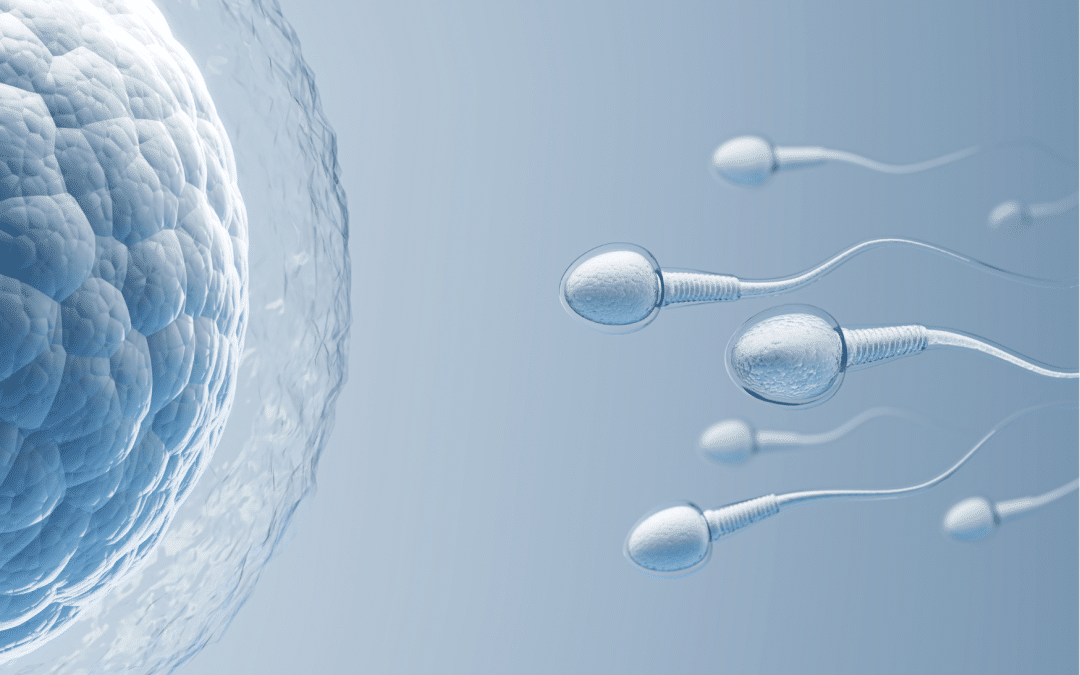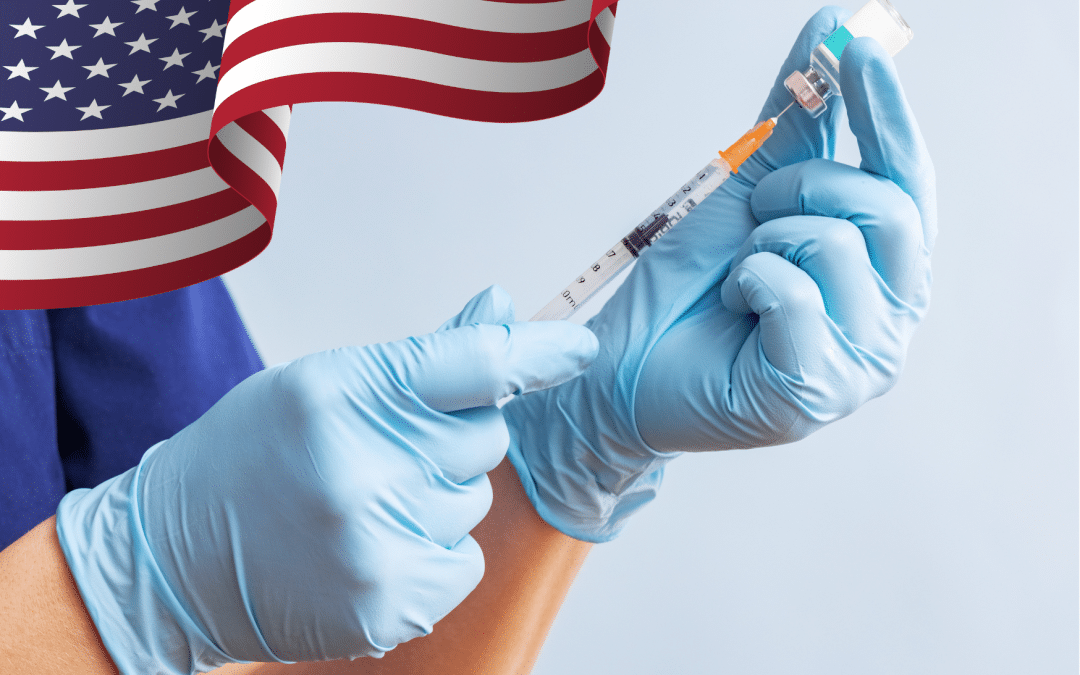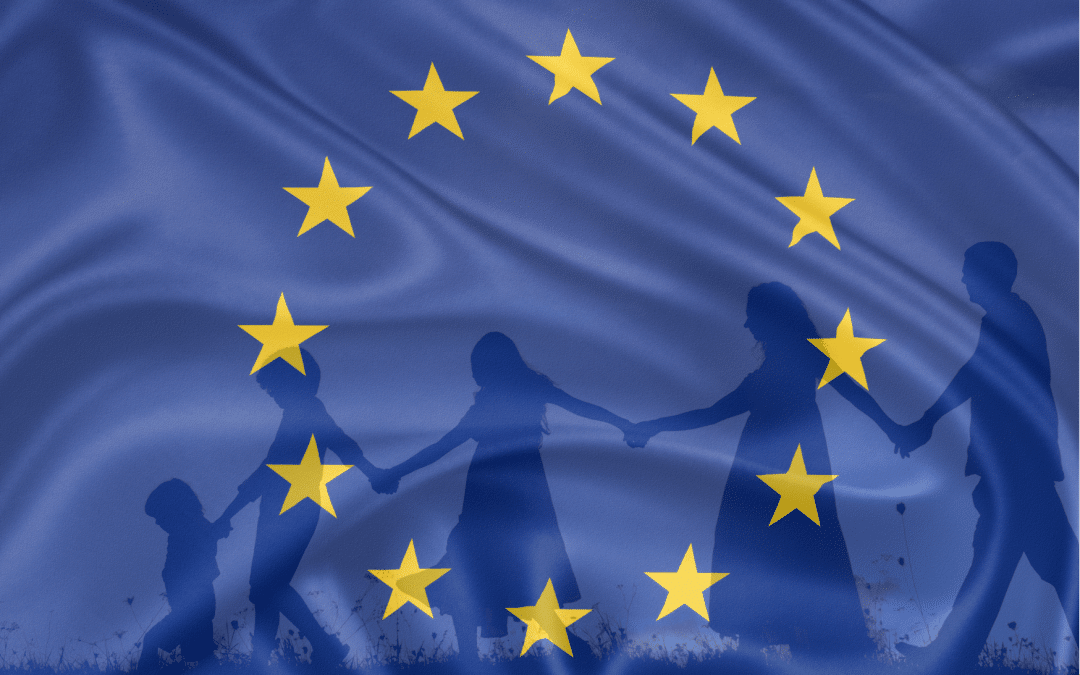
Male Infertility and Exposure to Insecticides : A Study Confirms a Link
A recent study has just confirmed the links between male infertility and exposure to insecticides.
The collapse of male fertility has been widely documented by scientific research. A meta-analysis published in 2017 reported a decline of over 50 % in the average concentration of sperms in forty-year-old western males (between 1973 and 2011). Although this decline in the concentration of sperms is obviously associated with diminished fertility, it also has wider implications on male health and even on mortality, according to this study and other research.
What does the study claim?
The research scientists worked on a set of previously published studies, on American governmental and non-governmental web-sites. From a sample of 325 studies, they selected 20 studies by statistical sampling covering different populations worldwide. The aim of the studies was focussed on the link between two classes of widely used pesticides, namely organophosphates (OP) and N-methyl carbamates (NMC), and the concentration of sperms. The harmful effect of these substances on human health has been widely documented. The MSD Manual web-site for health professionals on its page concerning “intoxication” by these substances indicates that:
“In the long term, persistent after-effects of intoxication by organophosphates may include memory loss or Parkinson’s syndrome.”
Organophosphates (OP) constitute the most widely spread class of insecticides worldwide and represent some 30 % of the world market.
The study concludes that there is:
“Sufficient evidence that a greater exposure of male adults to OP and NMC insecticides is linked to a reduced concentration of sperms.”
In strict scientific terms, the link does not constitute a proof of the causality. Nevertheless, according to the main author, Dr Melissa Perry of G. Mason University in the United States:
“This review is the most complete evidence from over 25 years of research into male fertility and reproductive health. According to the data available, we must take regulatory measures in order to reduce the exposure to insecticides.”
The implications for male health
Spermatogenic anomalies, i.e. those affecting the production of sperms, are by far the most frequent causes of male infertility. Many factors are responsible including life style (sedentariness, alcohol, smoking, cannabis etc.), genetics, a history of certain infections, exposure in utero to toxic products and pollution. According to a report by the French Urology Association (AFU) dated 2021, “Around 15% of couples are confronted with infertility (i.e. some 60,000 new cases per year in France), of which 20% are strictly masculine caused and 40 % mixed, which include a masculine factor.”
Apart from the impact of this diminished sperm concentration on fertility, studies have established a link with other health problems. A Danish study published in 2017 concluded with “We found that the quality of sperm is a powerful universal biomarker for health. We were able to show that men with a poor sperm quality required more frequent hospitalisation, in particular for sugar diabetes and cardiovascular diseases.”
The “Movember” movement, launched in Australia in 2003, in French known as “Novembre Bleu (Blue November)” coming after “Octobre Rose (Pink October)”, was intended as an awareness campaign for male health problems, and to collect funds in aid of medical research. The study on the link between pesticides and male infertility, confirming previous studies, provides its contribution to such research. In view of the extensive use of pesticides in the industrialised nations, the solutions required in order to reverse the trend represent a major political challenge.




